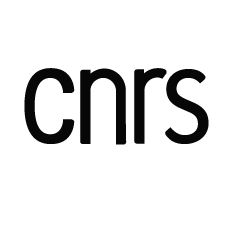Séminaire SCALab 12/10/2013
SéminaireBert Reynvoet Université de KU Leuven invité par Bilge Sayim (AVA)
Early number word learning: the role of the approximate number system and how early number word learning influences symbolic comparison .
Initial understanding of symbolic numbers emerges around the age of two to four and is key for human mathematical thinking. This knowledge emerges gradually. First, children learn to know the meaning of one, followed by two, three and four. In these stages, they are called subset knowers. When children become 4-knowers, they take a leap and it is assumed they can now give all numbers correctly. They are called cardinal principle (CP) knowers. The mechanisms behind the initial acquisition are still unknown and form the topic of this presentation.
In a first study, we evaluate the role of the approximate number system, a preverbal (non-symbolic) representation of number, in the learning process. We start from a quantitative description of the account and complete it with missing parameters based on findings from the literature. Based on this, we argue that the ANS cannot be the only factor in the acquisition of the first symbolic numbers.
In a second study, we evaluate thoroughly the classic method to categorize subset knowers and CP knowers, which is still common practice in many papers. By analyzing the symbolic comparison performance as an indicator of conceptual understanding of symbolic numbers, the results indicate that some of children that would have been categorized as CP-knowers are in fact still subset knowers (5,6…knowers) which may explain why the performance of CP knowers is not as good as what can be expected in some studies.
Note: this work was performed in collaboration with Attila Krajcsi (Budapest)
